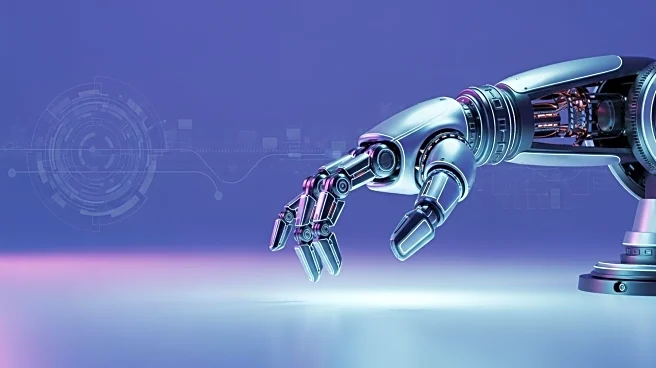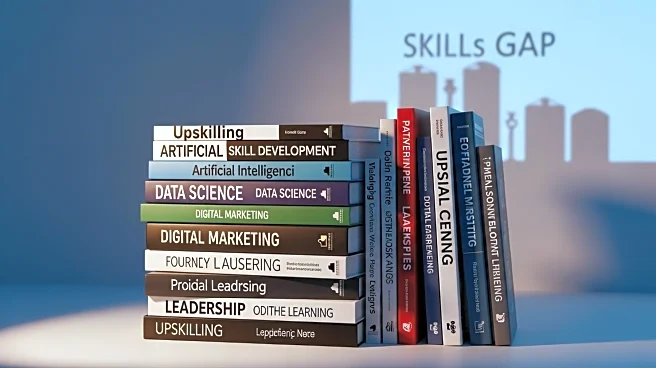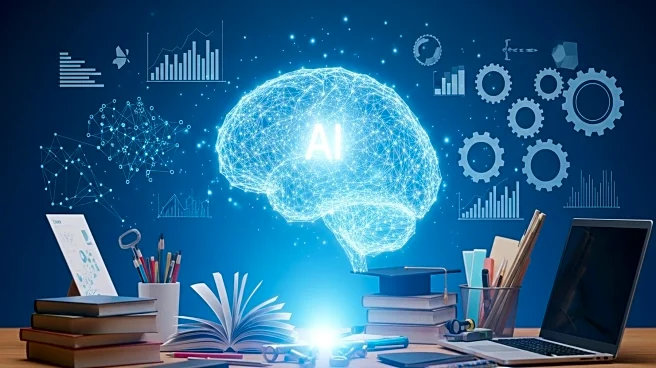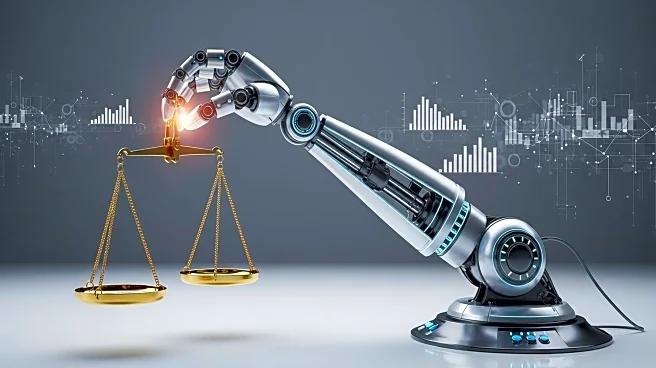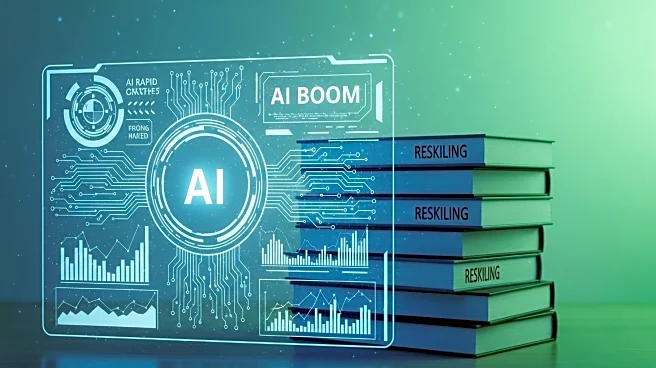What is the story about?
What's Happening?
Upskilling and reskilling have become essential strategies for companies aiming to maintain workforce agility amid rapid technological advancements. These approaches help employees adapt to evolving industry demands by enhancing existing skills or learning new ones. Upskilling focuses on building upon current knowledge, while reskilling involves training employees for entirely new roles. The integration of micro-learning modules into learning and development programs has proven effective, offering short, targeted training sessions that maintain employee engagement and deliver immediate application. Companies are increasingly prioritizing these strategies to retain talent and reduce recruitment costs, fostering a culture of continuous learning and adaptability.
Why It's Important?
The emphasis on upskilling and reskilling is crucial for businesses to remain competitive in a rapidly changing market. As automation and AI technologies reshape industries, organizations must equip their workforce with the necessary skills to navigate these shifts. By investing in employee development, companies can enhance retention rates, reduce turnover, and minimize recruitment expenses. This approach not only supports individual career growth but also strengthens organizational resilience and adaptability. As a result, businesses can better position themselves to respond to market changes and capitalize on emerging opportunities.
What's Next?
Organizations are likely to continue expanding their upskilling and reskilling initiatives, integrating advanced technologies like GenAI into training programs. HR leaders may collaborate with team managers to identify key talent and develop tailored learning paths that align with business goals. As these strategies gain traction, companies may implement more sophisticated metrics to measure the return on investment and impact of training programs. Additionally, there may be increased focus on fostering a culture of learning and progression, encouraging employees to actively participate in their development and career advancement.
Beyond the Headlines
The shift towards upskilling and reskilling reflects broader trends in workforce management and organizational strategy. As businesses prioritize agility and adaptability, there is a growing recognition of the importance of nurturing internal talent and building a sustainable leadership pipeline. This approach not only enhances employee engagement and satisfaction but also contributes to long-term business success. By fostering a culture of continuous learning, companies can create a more dynamic and resilient workforce capable of driving innovation and growth in an ever-evolving market.
AI Generated Content
Do you find this article useful?



